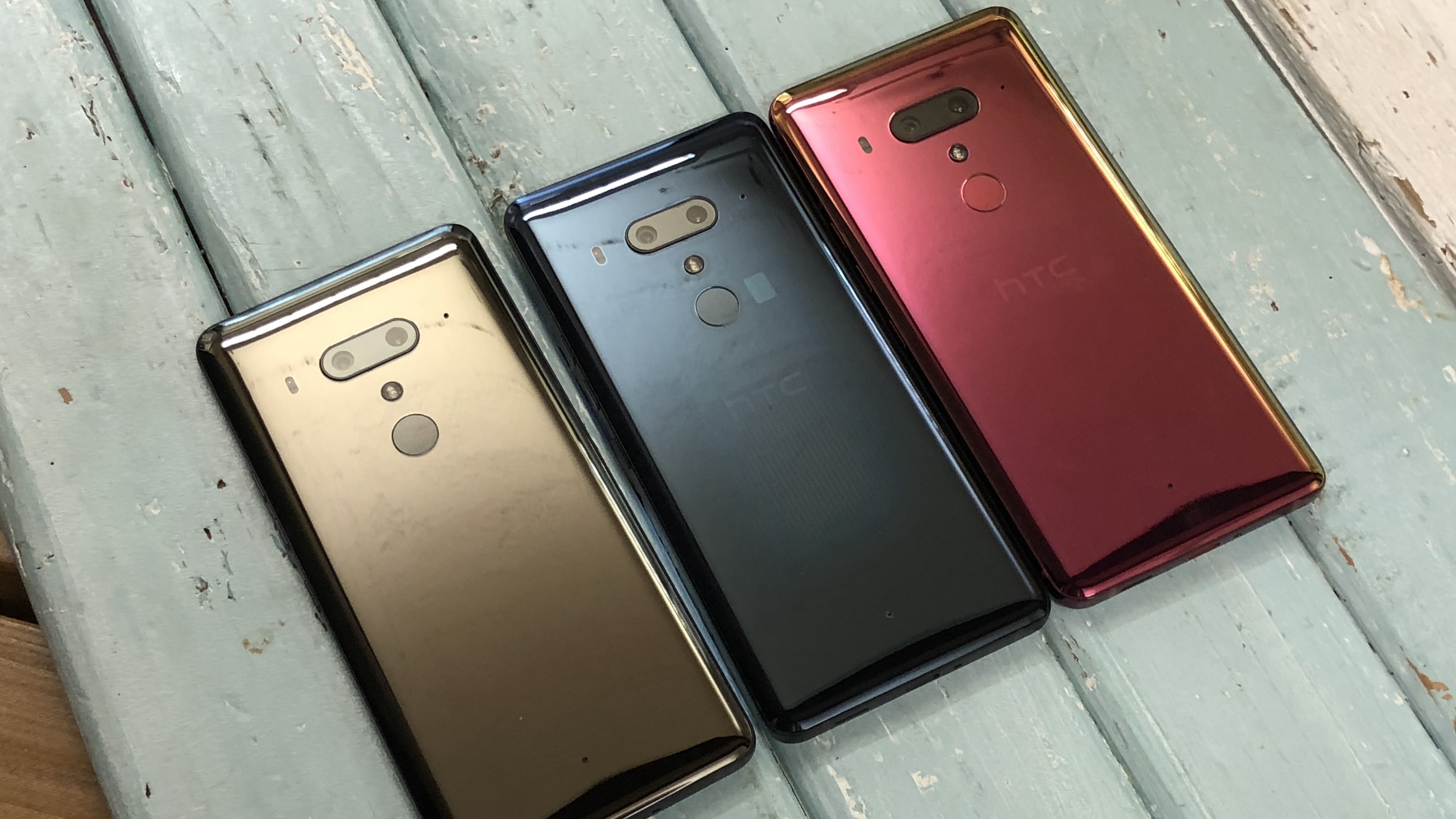Why you can trust TechRadar
- Edge Sense should be lauded as innovative, but doesn't always work
- Double Tap is also a neat idea, but almost unusable without lots of practice
Edge Sense 2, the ability to squeeze and tap the sides of the HTC U12 Plus, is the big highlight of the phone, and we want to say one thing: like the decision to remove the buttons and replace them with vibrating protrusions, HTC’s efforts to create innovative smartphones must be lauded.
We’ve had too many boring, identikit devices on the market these days, and combined with the powerful speakers, it’s great to see HTC doing something different.
The only issue is that what it’s doing isn’t really that impressive. We’ve struggled for a year to really get our heads around the idea of squeezable sides, and while they do have a function, it’s not a natural interaction.
The issue is the placement of the squeezable area - it just doesn’t fall naturally in a place where you can exert a lot of pressure. We dropped the effort level needed right down to the lowest point, and there were still times when we couldn’t activate it first time. Then there were times when it would activate too easily, or do so in a pocket.
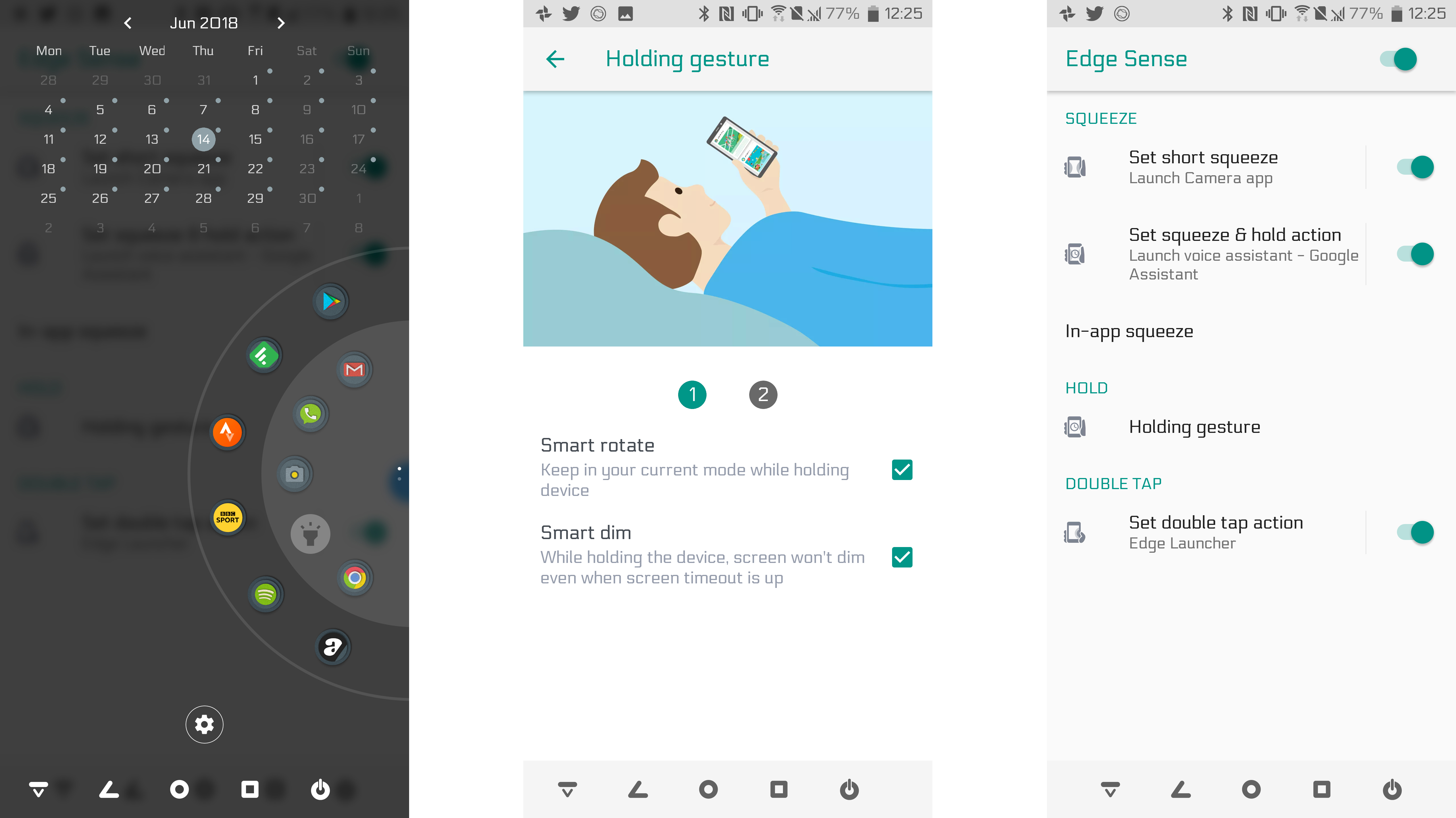
That’s what’s needed to make this innovative idea work - making it infallible as an action so you can truly say ‘my new phone does something cool’ to your friends. That’s not what happens here.
For instance, squeezing the phone to open the camera is fine, but when inside the app you can short squeeze to take a picture, or long squeeze to turn it to selfie mode.
That’s fine and works pretty well (if you can get your head around squeezing the phone naturally). However, squeezing the phone to take a picture is not a natural action, and your wrist is at an odd angle so squeezing is even harder. This means that the phone will tilt slightly when taking a picture, which can ruin the framing.
The cool thing with the HTC U12 Plus and the squeezable sides is that you can customize then long and short squeezes to do pretty much anything in any app - it’s only a few teaching taps to do something like playing and pausing in Spotify, for instance. You do have to be in the app to make it work - it won’t start and stop music in another app, obviously - but being able to contextualise the squeeze in any app environment is cool.
Again though, it’s hard to remember to do this as it’s not a natural movement. We tried to get used to it in a fortnight’s use, but nothing really came naturally. Perhaps over months it would become a normal thing, and we have noted others saying they like the feature, but we couldn’t get used to it.
The HTC U12 Plus also comes with another power baked into its sides: double tapping either edge will open a contextual menu, such as shortcuts to apps or a smaller, one-handed mode.
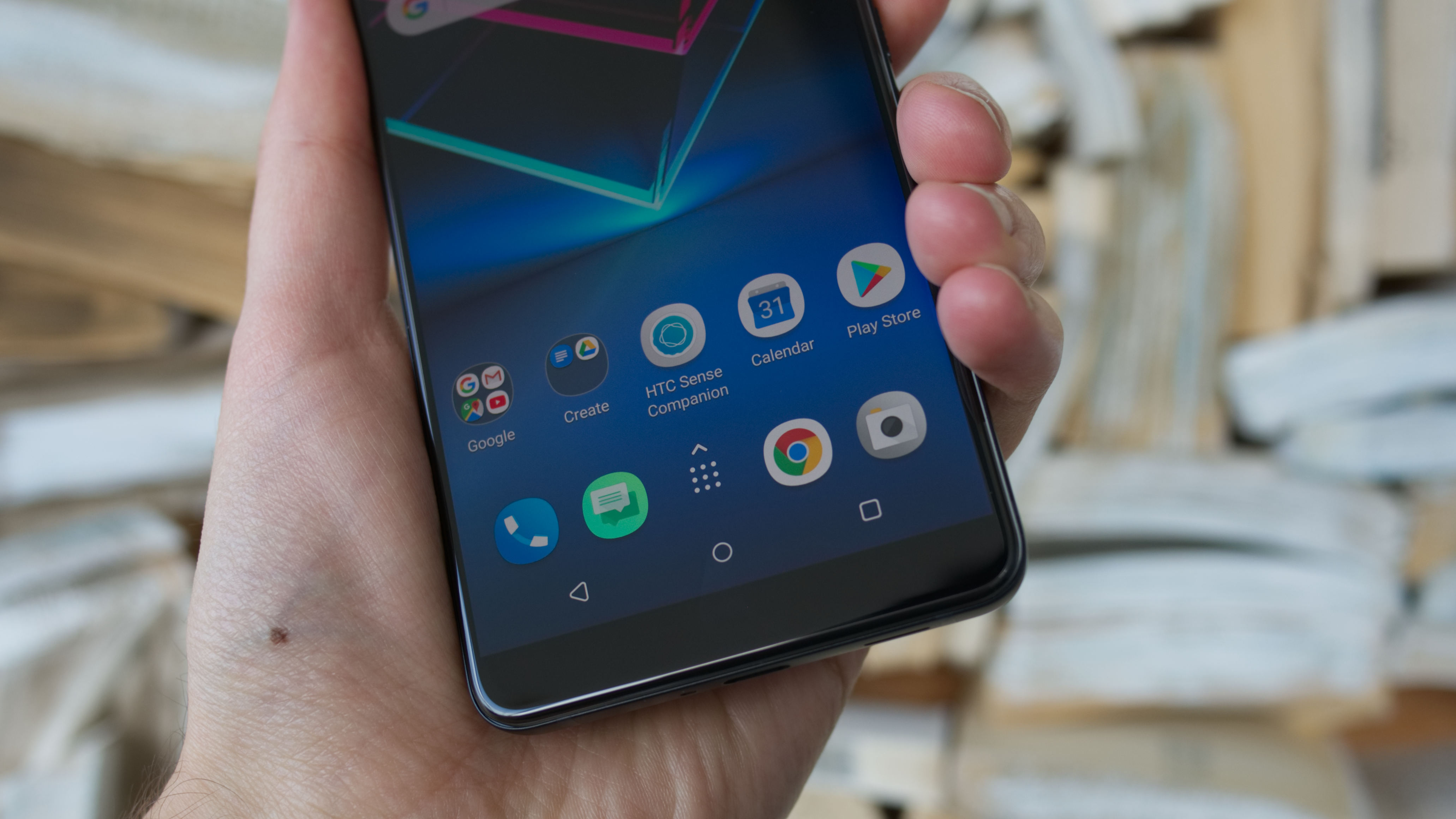
It’s a smart idea, but again doesn’t work in practice. The reason is simple: it’s too low down to work flawlessly. When you make an effort to go for the ‘tapping zone’ it only takes two or three attempts to open it, and after you’ve got the rhythm down it’ll work more easily, but it’s an effort.
That’s the thing about all the new features on the HTC: the volume keys, the double-tap zone, the squeezable sides. Force yourself to learn them over a long time and you might find they become second nature, and they’ll be handy and you’ll be expert.
They’re certainly not intuitive though, so the average user who isn’t willing to learn them is not going to enjoy the main features of this phone.
Amazing audio
- The bundled noise-cancelling headphones are a real treat
- The dual external speakers are loud without distorting terribly
Something anyone can enjoy is the brilliant audio that the HTC U12 Plus kicks out. Let’s get the only negative out of the way first: there’s no headphone jack as HTC eschewed it last year.
However, the brand has more than made up for it in our opinion thanks the bundled USonic headphones in the box. These in-ear buds offer superb sound as well as noise cancellation, and to come for free is amazing.
If there was a 3.5mm headphone adaptor in the box it would be perfect, but between Bluetooth options and the excellent offering from HTC we never really felt the need for anything else.
The sound quality from the HTC U12 Plus, even with poorer headphones is, rich and clear, but the USonic wired buds are a step up. Not only do they sound rich with loads of useful bass, the U12 Plus will also run a diagnostic by pulsing sound into your ears to create an audio map that improves the quality of the audio.
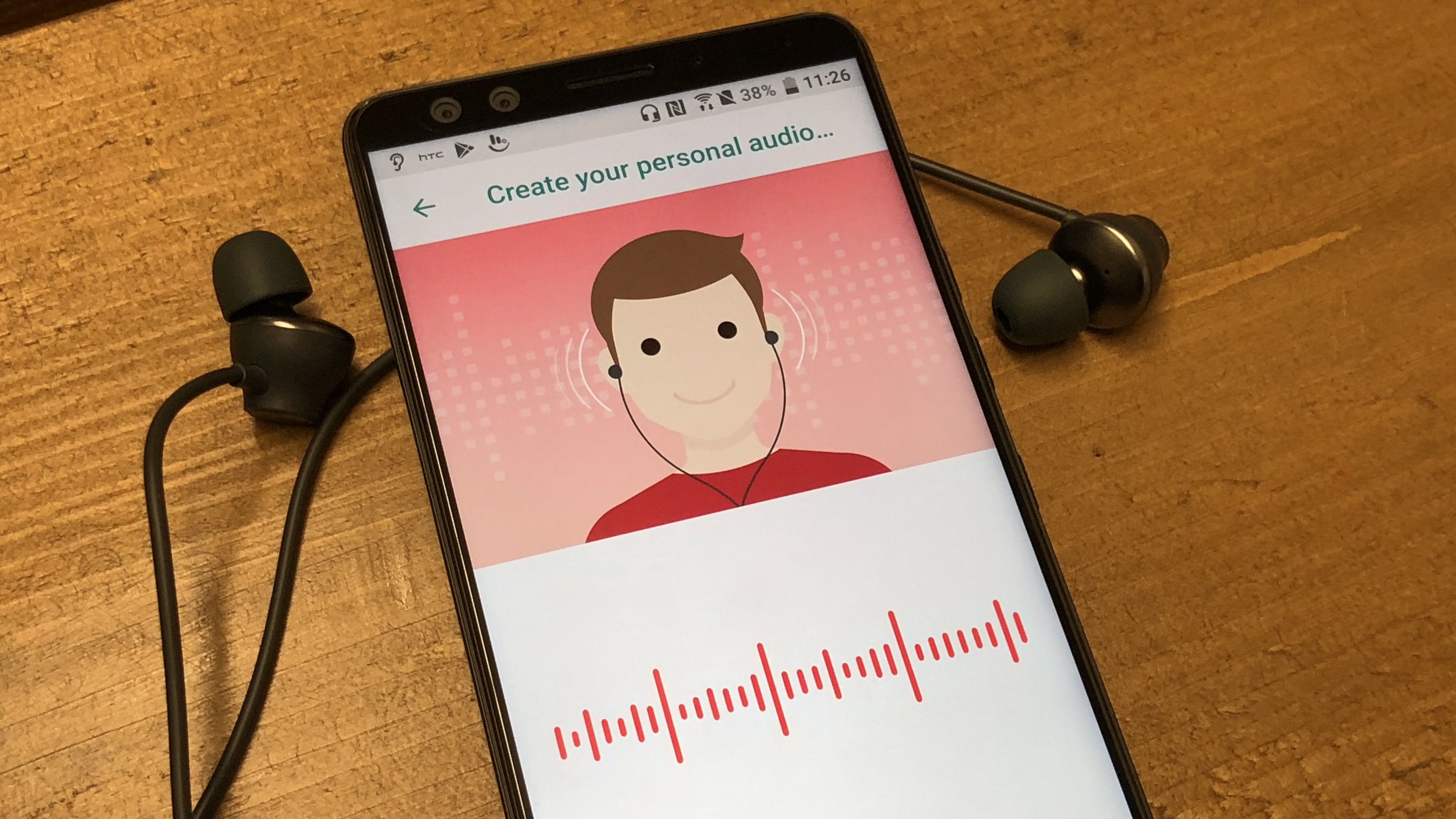
This really does boost things up - although it’s hard to tell how tailored it truly is - and again improves quality. No matter what you’re listening to, it’s a joy on the HTC U12 Plus, not only because of the quality but that it supports all the higher quality formats, like Hi-Res Audio and the latest aptX streaming options.
The audio wins don’t just stop there though: the Boomsound speakers on the outside are louder and more vibrant than ever. The volume hasn’t just increased though - the sound quality has been moved upwards too, to allow whatever you’re playing to be free from distortion.
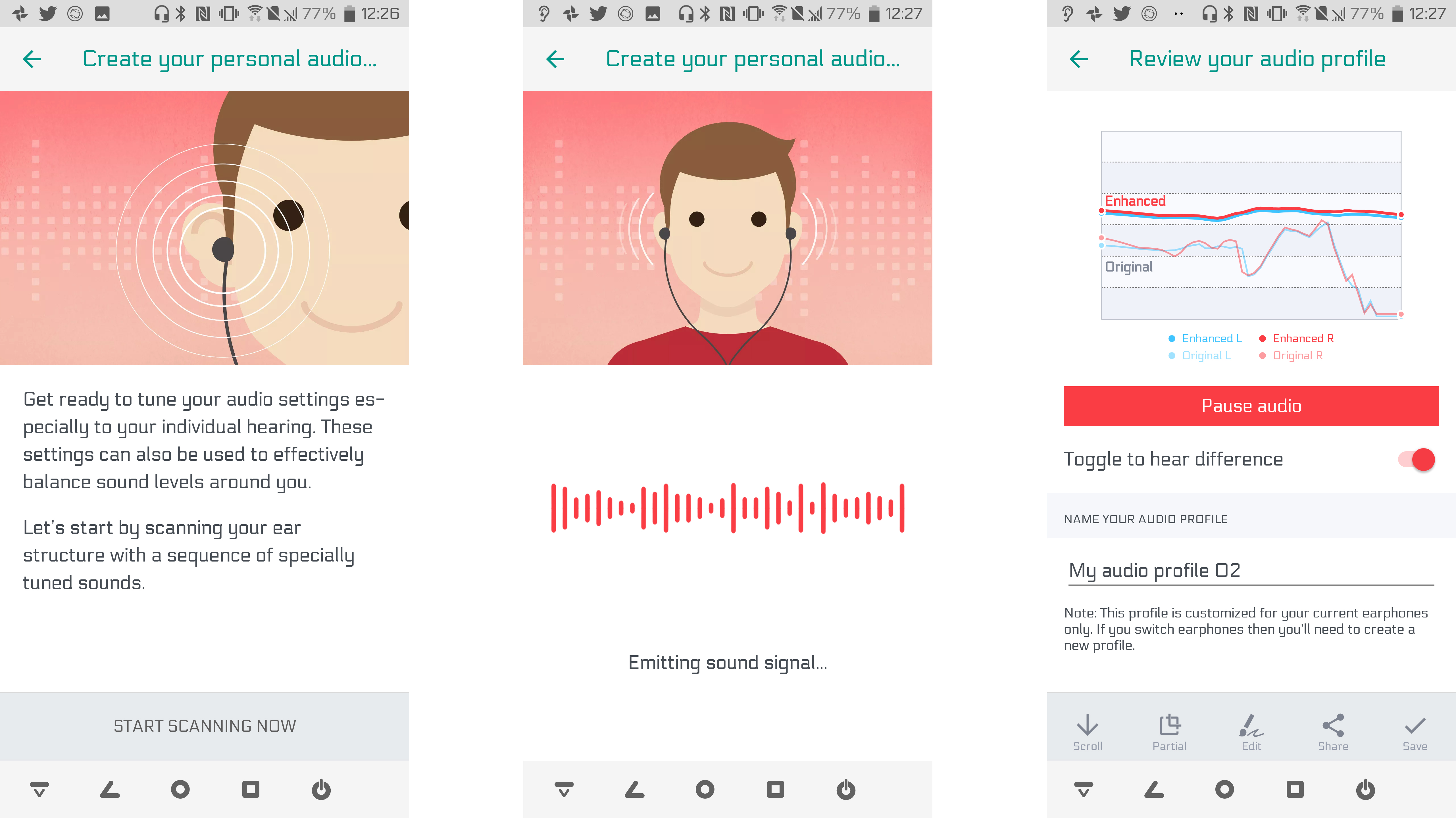
It’s still not quite in the league of a dedicated Bluetooth speaker - nor would you expect it to be - but it’s much clearer than anything else. We often use waterproof phones in the bathroom to listen to podcasts, for instance, but when the shower is on the voices can’t be heard.
That’s not the case with the HTC U12 Plus - the voices carry over the sound of rushing water, making this phone the option we’d choose for listening to music or podcasts when doing chores or cooking.
Actually, this is the phone we’d choose if we wanted a brilliant audio experience for anything - it’s really great.
Current page: Squeezy sides don't impress - but the audio does
Prev Page Design and screen Next Page Camera
Gareth has been part of the consumer technology world in a career spanning three decades. He started life as a staff writer on the fledgling TechRadar, and has grew with the site (primarily as phones, tablets and wearables editor) until becoming Global Editor in Chief in 2018. Gareth has written over 4,000 articles for TechRadar, has contributed expert insight to a number of other publications, chaired panels on zeitgeist technologies, presented at the Gadget Show Live as well as representing the brand on TV and radio for multiple channels including Sky, BBC, ITV and Al-Jazeera. Passionate about fitness, he can bore anyone rigid about stress management, sleep tracking, heart rate variance as well as bemoaning something about the latest iPhone, Galaxy or OLED TV.
